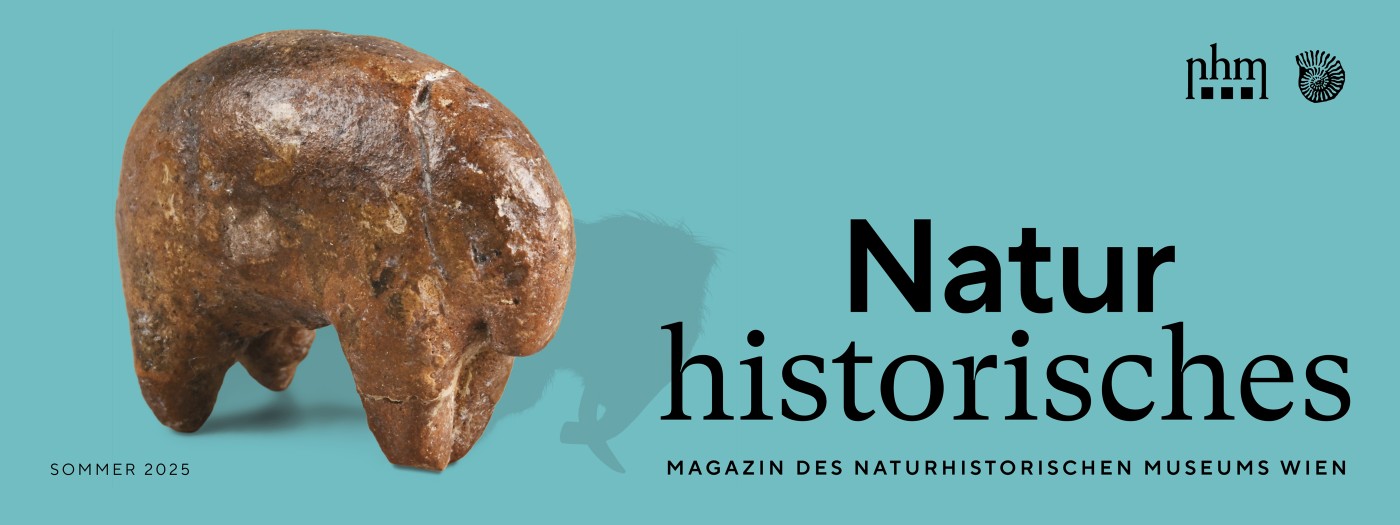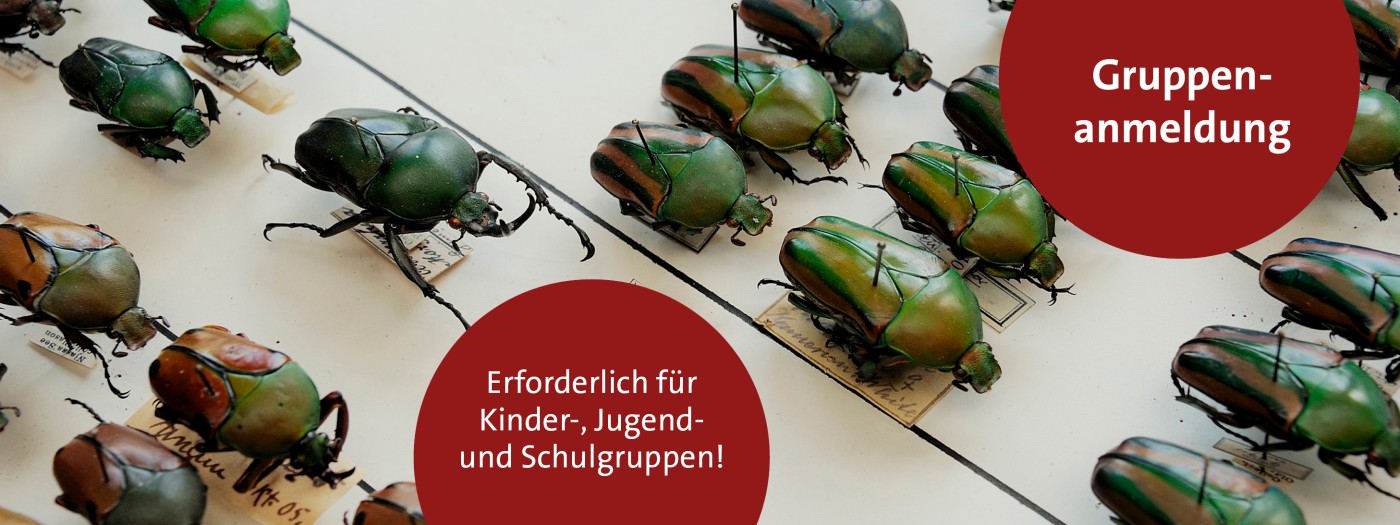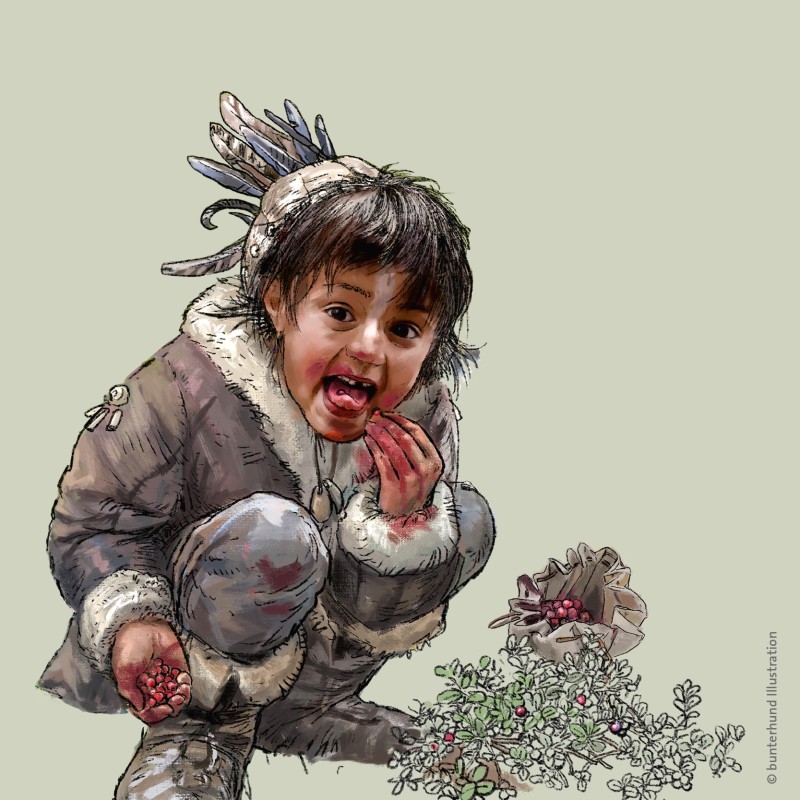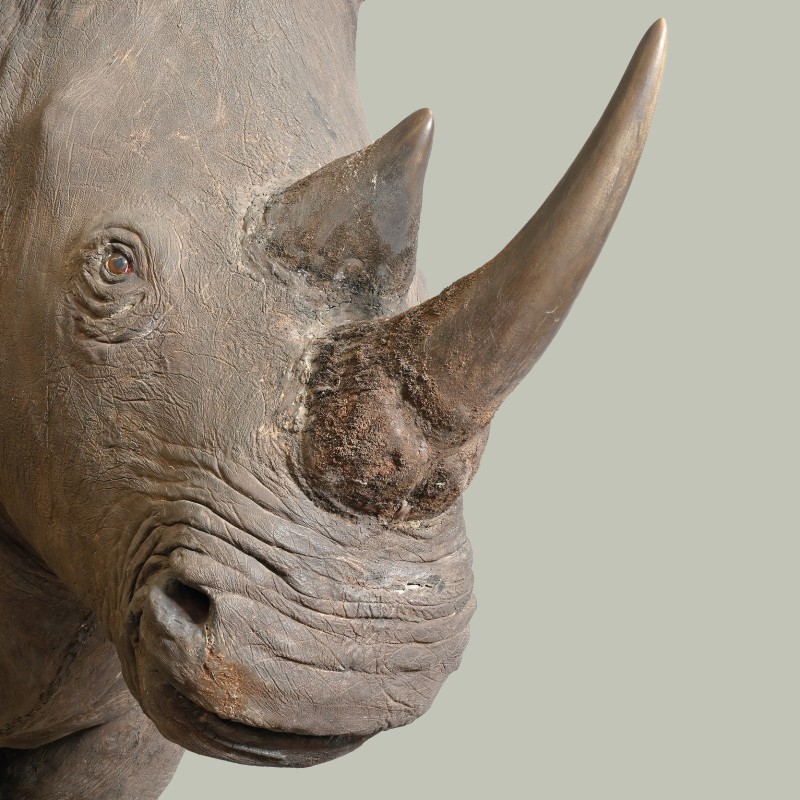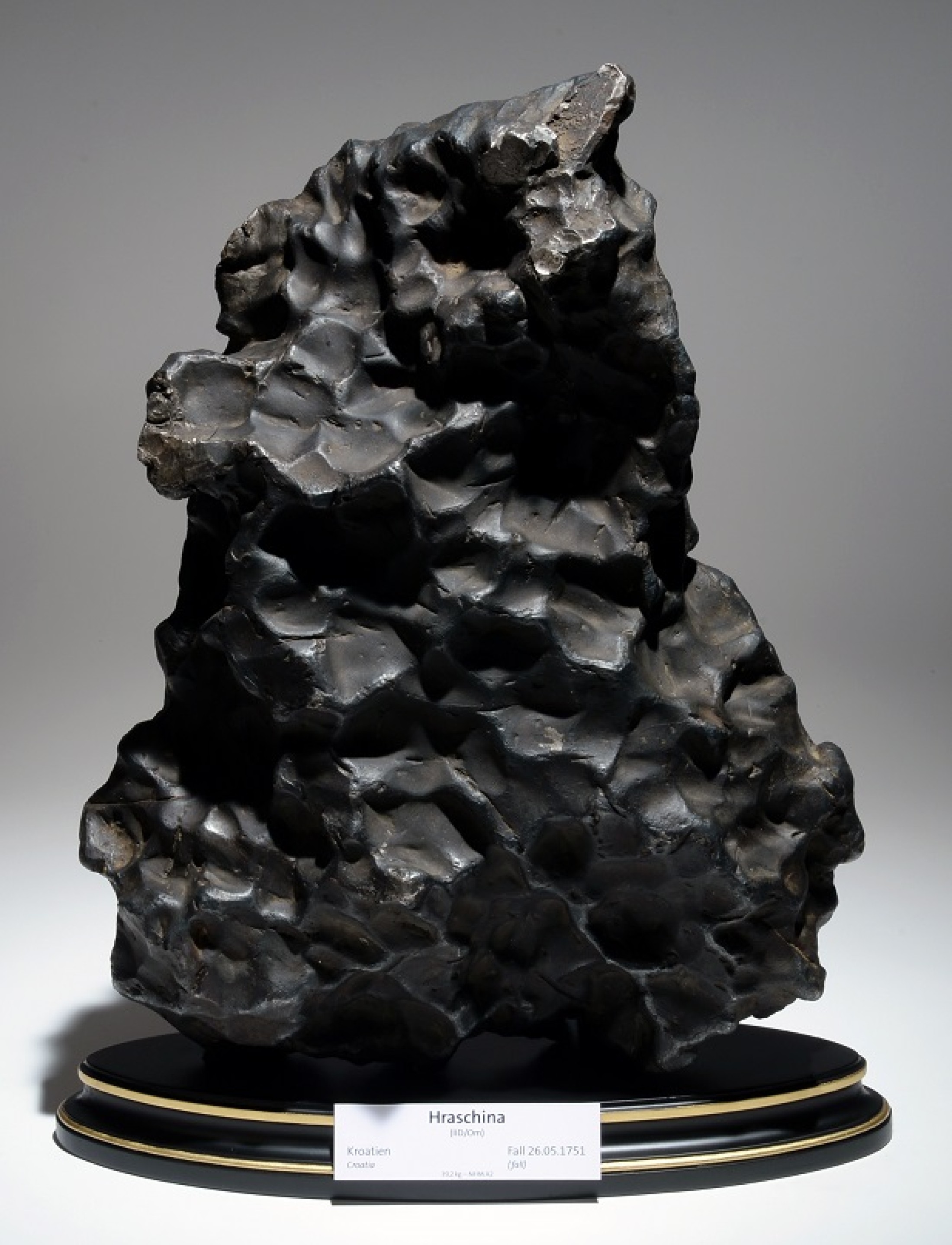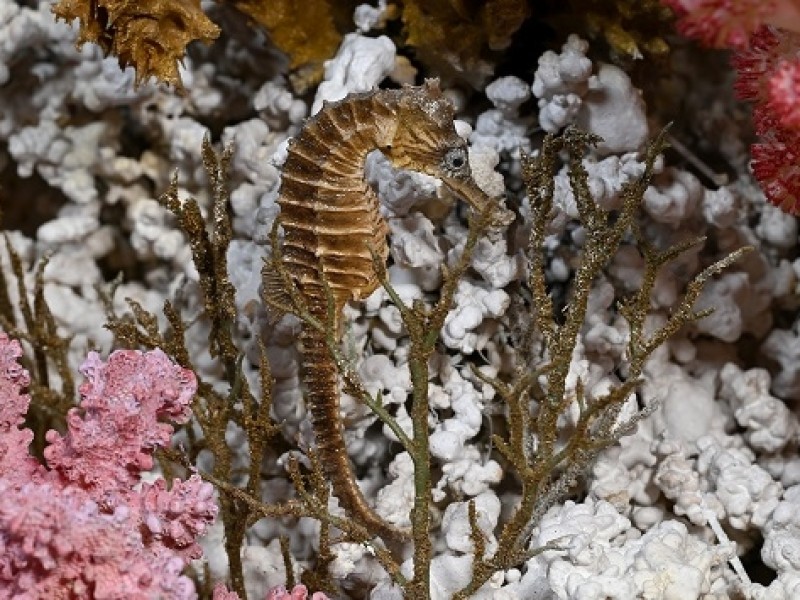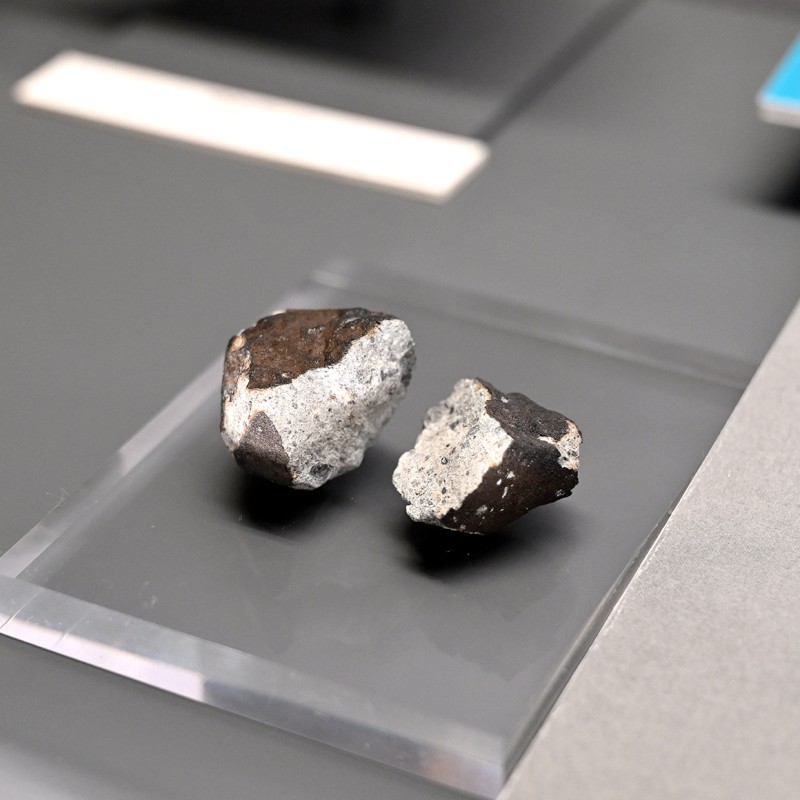Asteroid Day
Mehr...Meteoriten-Geschichten: irdische Erlebnisse von und mit „kosmischen Boten“
Hinter vielen Objekten im Meteoritensaal des NHM Wien stecken unvermutete Geschichten.
In dieser Führung mit Andrea Patzer (Kuratorin der Meteoritensammlung am NHM Wien) werden neun besonders spannende oder wichtige Fälle hervorgehoben und von ihrer Bedeutung im historischen Kontext erzählt.
Themenführung
Mo, 30. Juni, 14:30 Uhr



